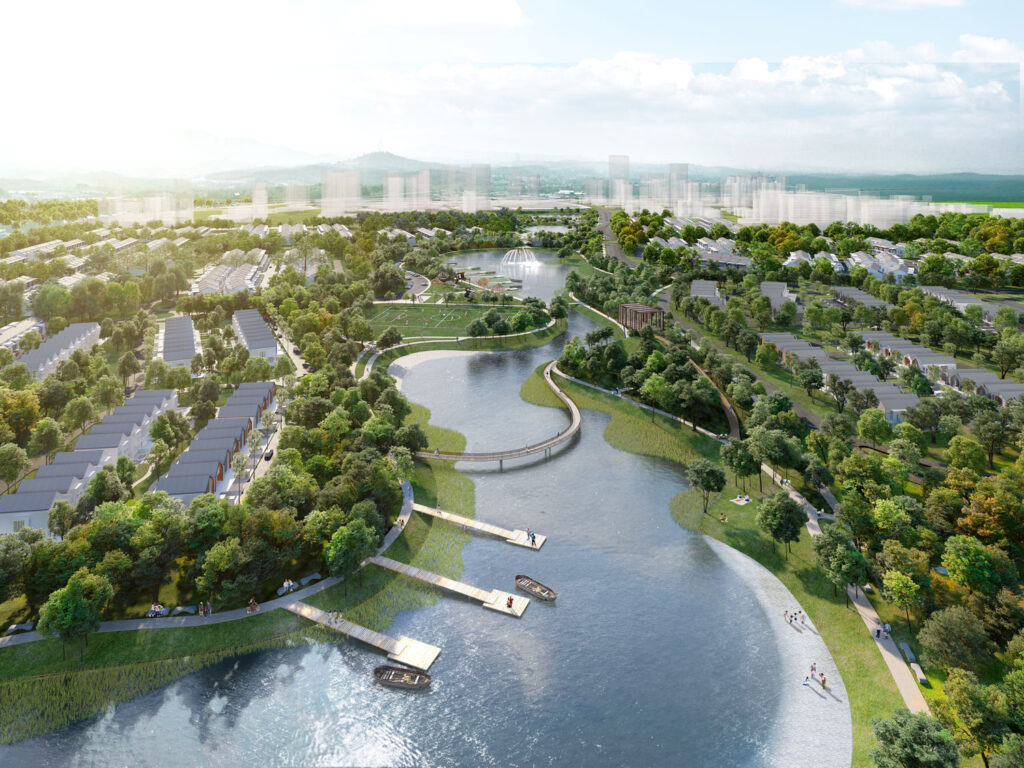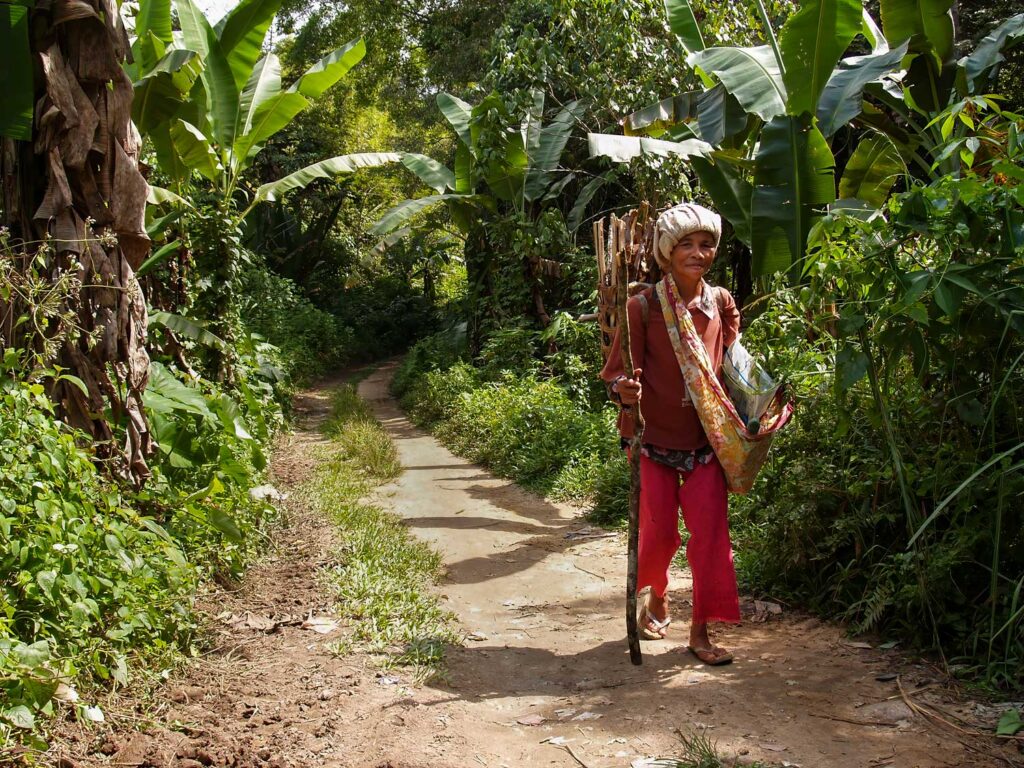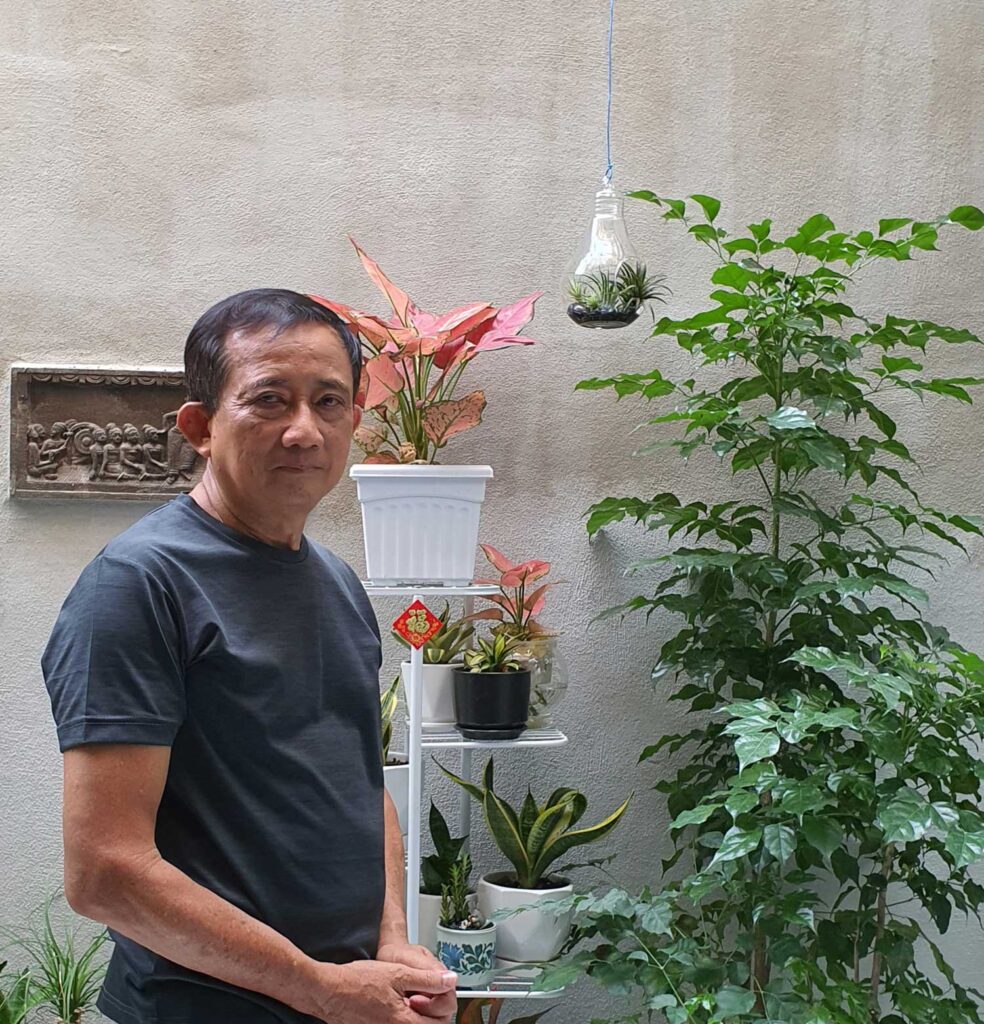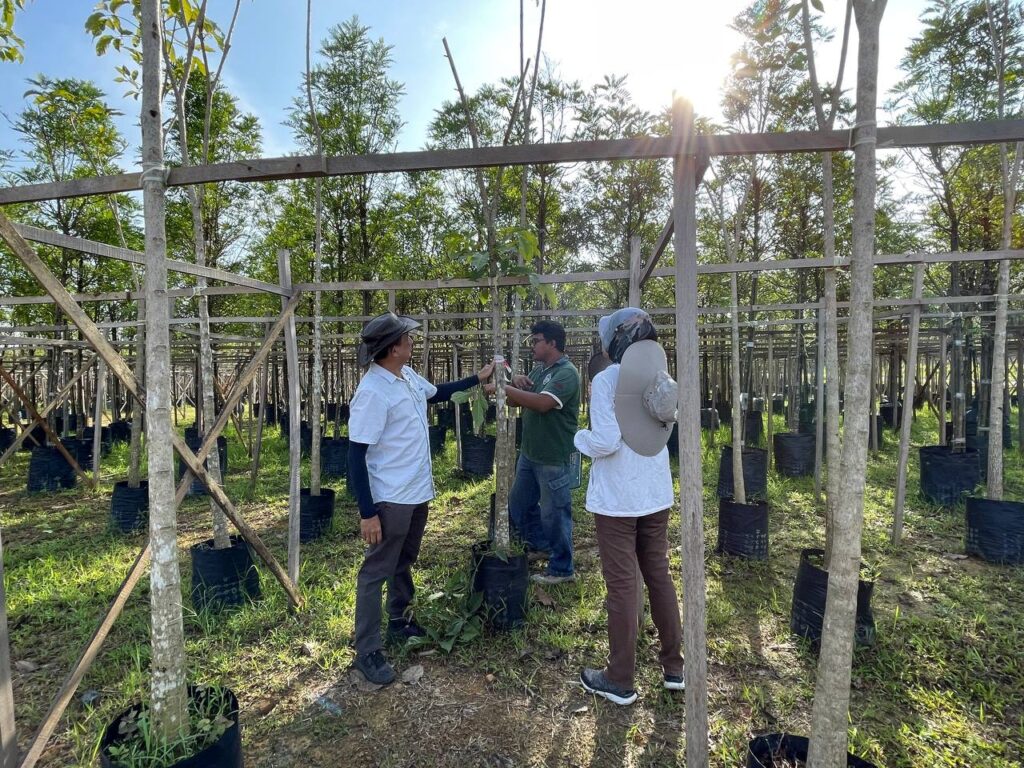Gamuda Land Restores Biodiversity and Preserves the Environment with #OneMillionTrees
Trees are Mother Nature’s precious gems, vital to the living as they provide fresh oxygen and home for wildlife. Seen as a symbol of longevity, these green giants fight climate change and tackle global warming. Thus, the call to plant trees has now become a global pledge.
At Gamuda, our environmental efforts are focused to go above and beyond. We do so through the Gamuda Green Plan 2025 (GGP 2025) which is the strategic roadmap for our Environment, Social and Governance (ESG) sustainability framework.
One of our latest sustainability efforts includes a green and sustainable financing partnership with Public Bank Bhd that has been forged through a Memorandum of Understanding (MoU) signed in August 2022. Another MoU signing was done earlier in July 2022 for Gamuda Land’s partnership with three local universities – Universiti Malaya (UM), Universiti Kebangsaan Malaysia (UKM) and Universiti Kuala Lumpur (UniKL). The partnerships intend to restore biodiversity in our townships.

Among other sustainability highlights are the planting of 612,072 trees and saplings across Gamuda’s properties, the development of over 1,585 acres of parks in Gamuda developments. These green efforts are incorporated into Gamuda’s Smart Cities and Green Buildings masterplans.
Through GGP 2025, we have pledged to conduct our business sustainably. This plan will see the entire Group committed to a circular construction framework with specific steps to reduce direct and indirect corporate greenhouse gas emissions intensity by 30% in 2025 and by 45% in 2030.
The Importance of Tree Planting
An easy yet effective way of reducing carbon footprint is by planting trees – the ultimate carbon storage tanks. Trees take carbon dioxide from the atmosphere and utilise it for their own growth and energy through photosynthesis. Oxygen is then produced as a byproduct of photosynthesis. This is why we need to protect forest reserves, green spaces and woodlands because they reverse the damage caused by carbon emission activities.
Did you know that in one year a mature tree can absorb more than 48 pounds (21kg) of carbon dioxide from the atmosphere and release oxygen in exchange? In over a lifetime of a century, one tree can potentially absorb about a tonne of carbon dioxide.
Source: Arbor Day Foundation
Trees do more than just help us breathe:
- Reduce ambient temperatures in cities by up to 2ºC– 3ºC
- Reduce energy consumption and cool down indoors by providing shade
- Reduce noise
- Improve air quality by acting as a physical filter trapping dust, absorbing pollutants and greenhouse gas emissions
- Provide soil and water conservation
- Facilitate carbon sequestration
- Improve biodiversity
- Act as natural habitats for wildlife
- Give life to certain species of insects, fungi and other creatures
- Source of food for the rural population and wildlife
Gamuda Land and Gamuda Parks launched the #OneMillionTrees initiative that is aimed at preserving the country’s biodiversity by planting one million trees across its townships by 2023. As of year 2022, we have achieved 61% of our goal to plant one million trees and saplings. This initiative is also done in line with the Energy and Natural Resources Ministry’s 100 Million Trees campaign. Being the industry leader in sustainable efforts, we are working with non-governmental organisations (NGOs) and experts like the Forest Research Institute Malaysia (FRIM) and Binturung Alam for this #OneMillionTrees initiative.
Apart from that, we have conducted biodiversity assessments – including canopy mapping and wildlife count – with local experts such as FRIM and Wetlands International Malaysia (WIM) at two sites within our developments. Through these audits, we have identified no less than 36 species of plants and 43 species of animals with conservation importance by the International Union for Conservation of Nature (IUCN) Red List. We aim to protect all biodiversity found on our properties, especially those species that are endangered.

We are also working closely with the Orang Asli by leveraging on their experience and knowledge about native tree species and other forest seeds. A Wild Tree Seed Bank programme was also established where the Orang Asli community plants over a thousand seeds from us at the Advanced Tree Planting Nursery in Kampung Bukit Kala Batu 16 Gombak. We will then transplant the saplings at our development sites. Aside from supporting the #OneMillionTrees initiative, this also helped provide sustainable income for the indigenous people.

To get a deeper understanding of the #OneMillionTrees initiative, Gamuda speaks to a key member and the hands behind the game changing campaign – Wee Cheng Yeo, General Manager of Landscape, Gamuda Land.
What inspired your journey into the landscaping world?
As a kid, I often helped out in my family’s backyard garden, where we grew vegetables. From there my passion grew and it pushed me to pursuing a degree in agriculture, studying oil palm plantations and rubber estates which was really relatable to my early upbringing in a rubber estate. However, my perspective changed after my first job in Puchong that sparked my interest in urban landscaping. That was the turning point when I re-aligned my career path towards landscaping, with a focus on urban-based tree planting.
As we know, planting a tree is more than just putting a seed into the ground. So, what are the techniques used to plant the trees to ensure they thrive?
The first technique is to containerise the sapling or seedlings in polybags before planting them at our development site. This method will greatly reduce the transplanting shock and further enhance the plant’s survival percentage. The second technique used is to grow the seedlings and saplings directly in the grounds of our development sites with constant monitoring for two to three years. This is a modification of the Miyawaki Technique that we have adopted as it is best suited our conditions.

What is the Miyawaki Technique?
It is an afforestation method pioneered by a Japanese botanist and ecologist, Akira Miyawaki. It involves planting four or more trees per square metre using native species to restore degraded land. Since these saplings are planted close together, they grow rapidly as they compete for light. The degraded soil will be treated with mulching, water retention basins and organic compost to support the plants’ growth. Miyawaki forests grow under maintenance for two to three years and are self-sustaining thereafter.
What is your favourite plant?
If money grows on trees, it would definitely be Money Plant (laughs). But unfortunately, it doesn’t, so my favourite plant would have to be the Shorea Roxburghii. It is a type of Meranti that can be found in a few of our developments in Bandar Botanic in Klang, Gamuda Gardens in Rawang and Gamuda Cove in Banting.
Any advice for those who wish to embark on this landscaping journey?
Trees and plants are not only good for the environment but also therapeutic. So, start small. You can begin with succulent plants, which are easy to care for. Also, before deciding to plant a tree, it is crucial to check with credible sources on the growth habits of the particular tree species and the potential hazards before planting a tree at a certain spot. If you cannot plant a tree around your house, you can always participate in any tree planting campaigns around you.

